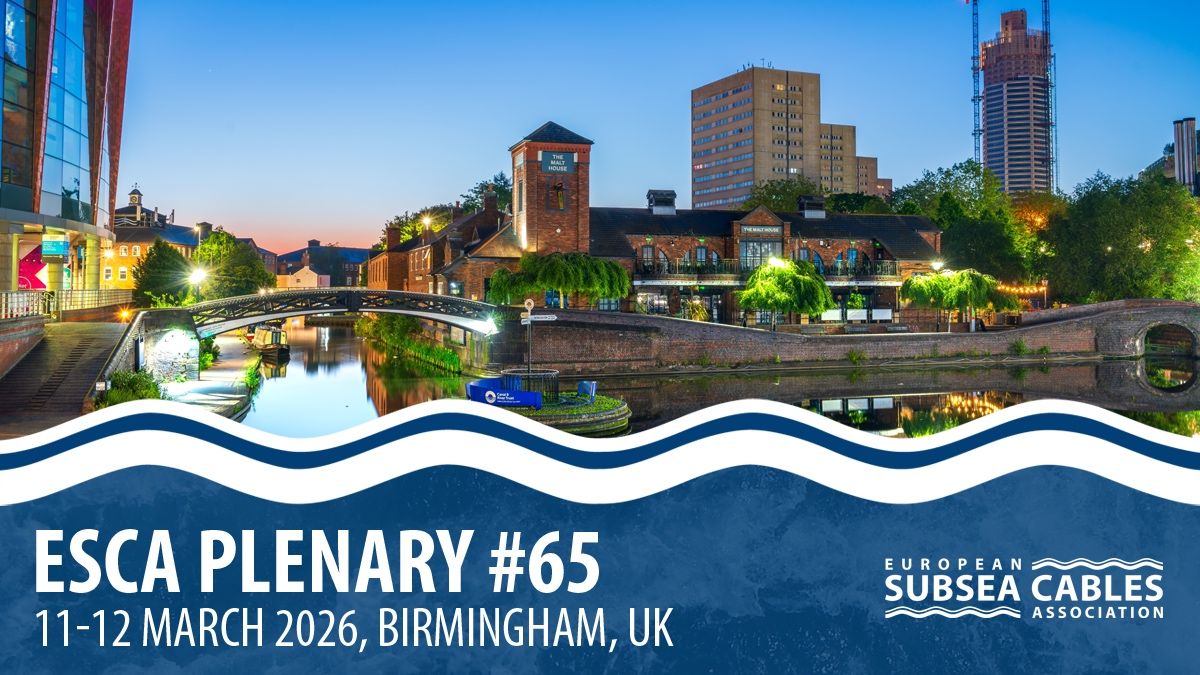The European Subsea Cables Association is a forum of national and international companies which own, operate or service submarine cables in European and surrounding waters.
The principal goal of the European Subsea Cables Association is the promotion of marine safety and the safeguarding of submarine cables from man-made and natural hazards, including:
Serving as a vehicle for the exchange of technical and legal information pertaining to submarine systems without compromising the commercial and market aims of individual companies.
Liaising with all relevant parties affected by the installation and operation of submarine cables in European and surrounding waters.
Funding of projects which are agreed to be beneficial for the protection of submarine cable systems.
Participation in relevant industry exhibitions, meetings and technical conferences.
Facilitating the design and production of promotional materials.
When appropriate, appointing one or more of its members to represent European Subsea Cables Association interests at forums.












